The North American Aviation P-51 Mustang is an American long-range, single-seat fighter and fighter-bomber used during World War II and the Korean War, among other conflicts. The Mustang was designed in April 1940 by a team headed by James H. Kindelberger of North American Aviation (NAA) in response to a requirement of the British Purchasing Commission. The commission approached NAA to build Curtiss P-40 fighters and the newer P-46 under license for the Royal Air Force (RAF). Rather than build an old design from another company, NAA proposed the design and production of a more modern fighter. The prototype NA-73X airframe was rolled out on 9 September 1940, 102 days after the contract was signed, and first flew on 26 October.
The first P-51D/Ks used by the WIAF started to be delivered in April 1944 after a year before the Wright Isles placed an order of 4,500 P-51Ds to supplement the P-51B and C, the P-38G and J, the P-47B and C, the P-40C, F, and N as well as the Spitfire Mk. IXs already in service prior to 1944.

A WIAF P-51D flying over the Wright Basin, May 1944
The first use of the P-51D in WIAF service was in April 1944 when 56 P-51Ds and 45 P-51Bs were tasked to escort 95 WIAF B-17s on a bombing mission over Dresden. In the ensuing battle against 110 Luftwaffe fighters that were scrambled to intercept the B-17 force, 85 were shot down by the new P-51Ds and the 25 remaining were shot down by the P-51Bs while two P-51Ds suffered medium damage from the interceptors but were able to return back to base.
P-51Ds of the WIAF were known to fly escort missions, escorting USAAF bombers in their bombing raids over Germany, flying 231 escort missions over Germany.
During the Normandy Invasion, 2 squadrons of P-51Ds, 4 squadrons of P-38s, and 3 squadrons of WIMC F6F-7 Hellcat IIs were sent to cover the Anglo-American landings and were also sent to provide close air support to the Allied troops landing at the beaches. 93 German ground targets including artillery and AA emplacements were recorded to be destroyed in exchange for 5 P-51Ds and 7 P-38s being heavily damaged with one P-38 specifically the ”Rosey II” was forced to ditch in the middle of the English with the pilot never being found.
With Normandy being secured, WIAF P-51Ds along with older P-51B/Cs, P-38G/Js and P-47Ds and Marine Corps F6F Hellcats and Hellcat IIs flew strafing missions and fighter sweep missions inside German-occupied France, targeting airfields, marshaling fields, railway stations, and ground convoys in order to halt any German advance against Allied soldiers.

During hours before the Liberation of Paris, P-51Ds of the WIAF provided air cover for advancing Allied troops from any Luftwaffe attacks and provided close air support for Allied and French Forces advancing to the city.
During the Battle of the Bulge, P-51Ds along with P-51B/Cs and P-47Ds along wth American and British fighters provided CAS for American soldiers with the WIAF racking 160 German destroyed during the battle.
—
By far the most intense battle the P-51Ds of the WIAF was during the failed Operation Bodenplatte, initiated by the Luftwaffe to destroy Allied fighters on the ground.

Colorized photograph of the “Bloody Mary”, the P-51D flown by Col. Peter James “PJ” Anderson” moments before shooting down an Fw-190 on a head-on fight
During the early hours of the battle, 18 WIAF planes were destroyed on the ground but was able to scramble “a few” P-51Ds to join the fray, resulting in 96 Luftwaffe fighters being down out of the 800 sent to attack Allied airfields.
P-51D and P-51Ks along with other WIAF fighters kept on flying fighter sweeps, bomber escort, and ground attack missions until VE Day.
P-51D/Ks also served in the Pacific Theaterz mainly deployed in China and Iwo Jima.
193 escort missions eere flow to escort American B-29 Superfortresses in their bombing campaign against the Japanese Home Islands.
Due to the rarity of Japanese fighters challenhing both USAAF and WIAF planes, P-51D/Ks instead prrformed ground attack missions against Japanese infrastructure with 176 lost to AA fire and 76 shot down by Japanese fighters.
Official records released on May 9, 1945 revealed that out of 7,500 P-51D/Ks used in the European Theater by the WIAF, 1,800 were lost due to combat and 789 were destroyed due to accidents.
The P-51D and K would continue service, fighting in the Korean War until they were eventually retired in 1963 in WIAF service with it being replaced by the MiG-21 and the F-4 Phantom. Only 26 WIAF Mustangs still remain airworthy while 30 more were sold to the civilian market. A few dozen are displayed at museums.
—
Activation Groups:
Activation Group 6: Top-Secret Jet Booster
Activation Group 7: Enable Wheel Steering.
Changes:
Increased Engine Power therefore being very maneuverable at high speeds
Increased Fuel Capacity
—
This is my last post for 2023, Happy New Year to y’all.
Specifications
Spotlights
- jamesPLANESii 2.0 years ago
- ShinyGemsBro 2.0 years ago
- TatsuTheOtaku 2.0 years ago
- Rondine 2.0 years ago
- MentallyDistorted 2.0 years ago
- Gabriel747 2.0 years ago
- Boeing727200F 2.0 years ago
General Characteristics
- Predecessor P-51D Mustang
- Successors 1 airplane(s)
- Created On Android
- Wingspan 36.5ft (11.1m)
- Length 36.3ft (11.1m)
- Height 14.3ft (4.3m)
- Empty Weight 7,284lbs (3,304kg)
- Loaded Weight 9,195lbs (4,171kg)
Performance
- Power/Weight Ratio 2.932
- Horse Power/Weight Ratio 0.22
- Wing Loading 24.5lbs/ft2 (119.6kg/m2)
- Wing Area 375.4ft2 (34.9m2)
- Drag Points 665
Parts
- Number of Parts 249
- Control Surfaces 9
- Performance Cost 1,001

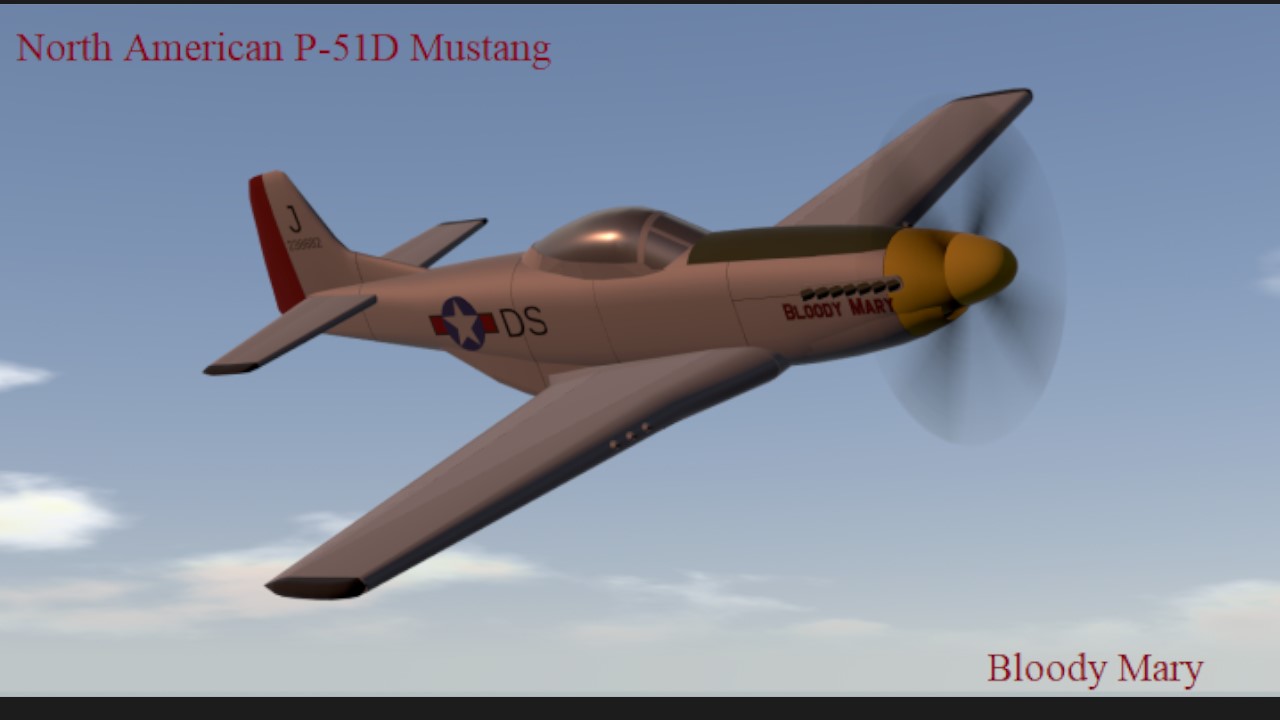
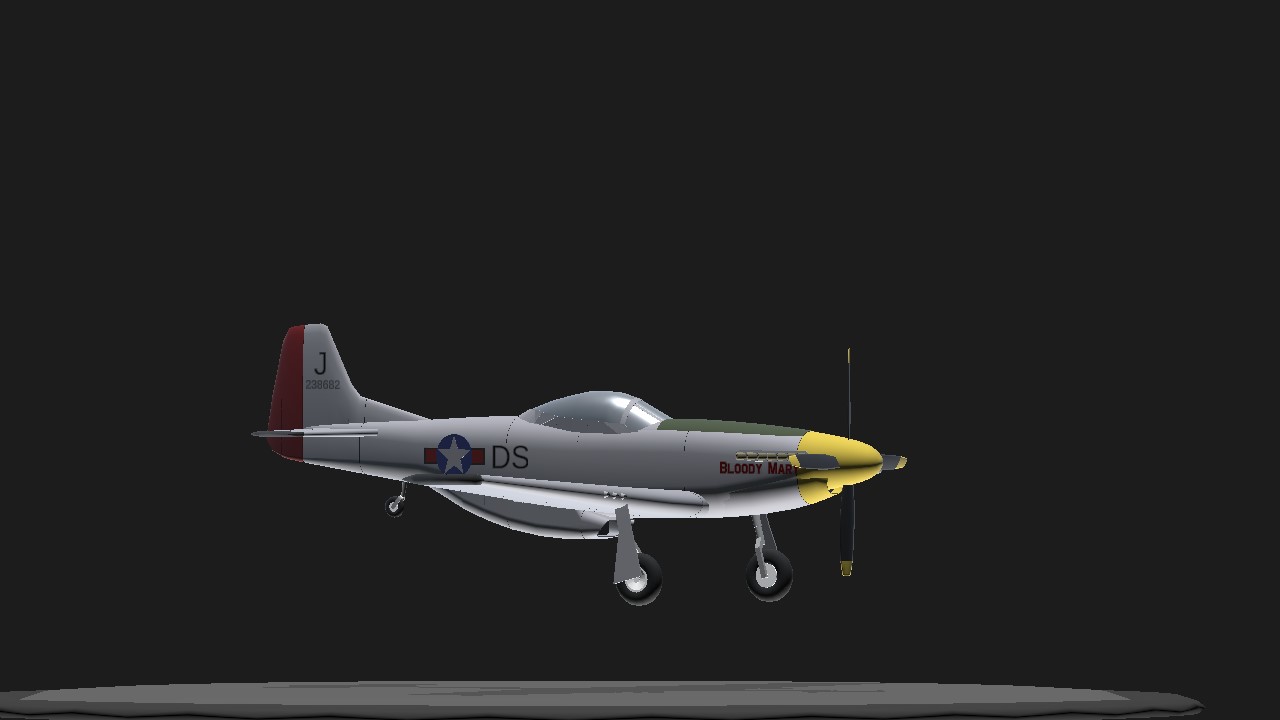
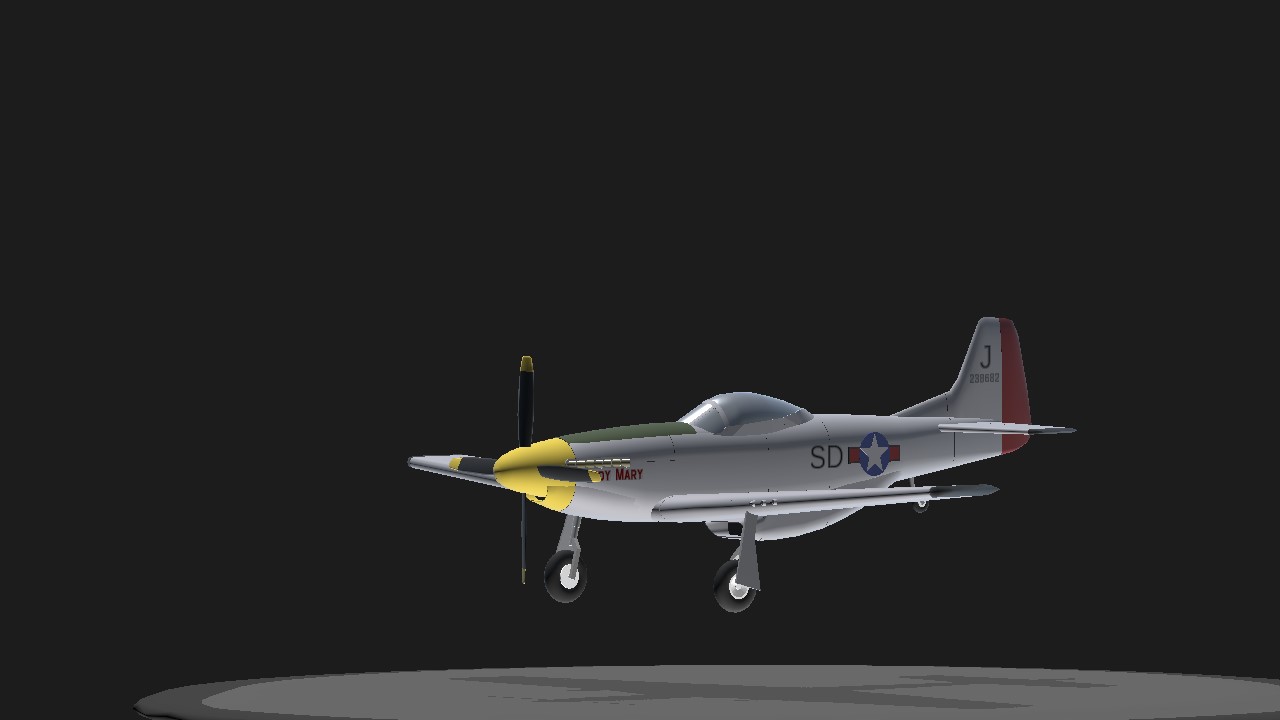
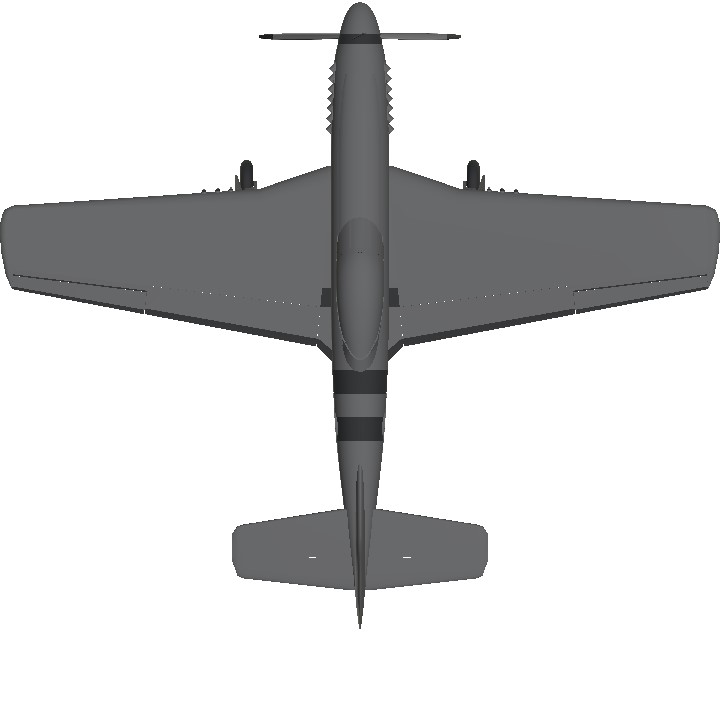
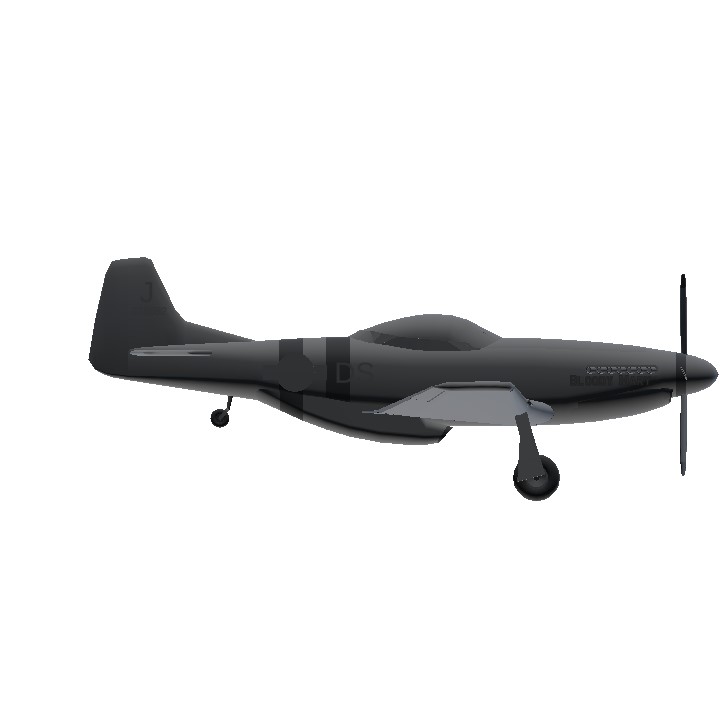
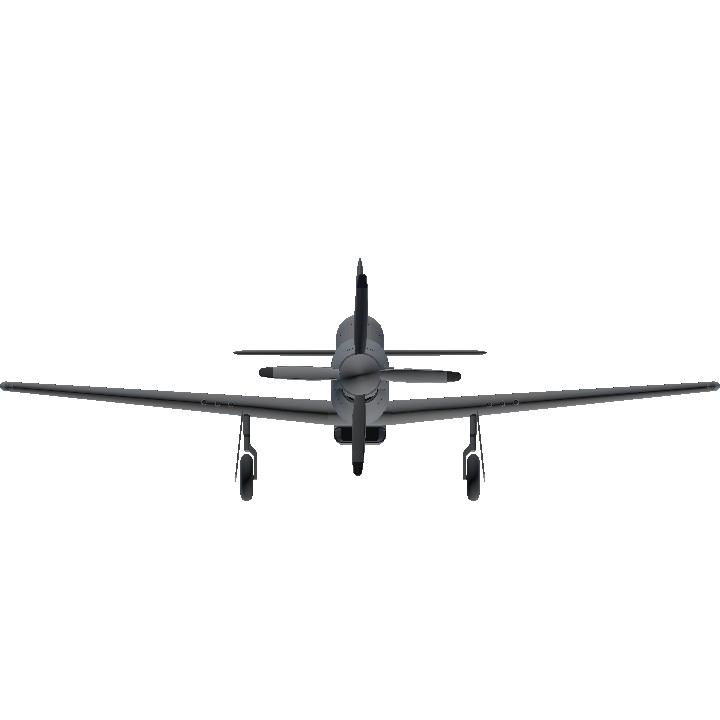
Credits (because yes)
@ShinyGems Bro for the pics
@Tonnkatu for the perfect P-51D
its been a while